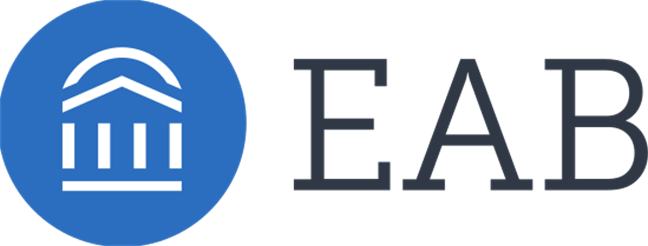
In 2023, EAB surveyed over 20,000 high school students to learn more about their goals, fears, and what they hoped to gain from their college education (EAB, 2023). Of those students, over 2,700 shared that they were considering attending a community college after high school. Here are the top four things that faculty need to know about Gen P—students whose high school experience was shaped by the pandemic—and their changing needs.
Flexible Options Are Increasingly Important
Over half of high school students considering attending a community college wanted at least some of their courses to be offered online. The same students reported valuing flexibility, including evening, hybrid, and part-time options, more than students set on attending a four-year college. For faculty, this means the need to understand how to engage students in digital environments will continue to grow, and creating flexible course schedules is key to retention.
Students Are Eager for Personalized Attention
Community college prospects were three to six percent more likely than those not considering community college to say that small class sizes increased a college’s value proposition. This is great news for community colleges, which almost always have smaller class sizes than four-year institutions. Faculty should continue to work with their department leadership to prioritize smaller class sizes, especially for gatekeeper courses.
Affordability Persists as a Top Concern
Prospective community college students were much more likely than those preferring a four-year college to rank tuition, scholarships, and financial aid availability as factors shaping their college search. Students seeking community college options also tended to be from more modest financial backgrounds than their four-year-aspiring peers. Knowing these financial concerns, faculty should improve coordination with student financial services to ensure students understand their payment options. This coordinated care approach prevents students from falling through the cracks.
Career Motivated, but Academically Underprepared
A quarter of two-year prospects reported that finding a job after college made them nervous, and 44 percent of respondents said they were considering two-year options to academically prepare for a four-year college. This indicates that while students want to be successful in the workplace, they may lack confidence in their abilities, which makes sense given that standardized test scores for high school students have declined since the pandemic (Venit, 2023). Faculty need ways to support students who are struggling early, such as easily connecting academically vulnerable students with tutoring and advising services to help increase their likelihood of success. This collaboration across campus services empowers students with a more robust, multi-point support system.
How Can EAB Help?
EAB unites faculty, students, and staff through Navigate360, the leading student CRM for community colleges. With Navigate360, faculty can easily coordinate with a student’s entire care network; track critical success metrics; and help students access the tools and services they need, such as advising, career services, and tutoring. To learn more about how Navigate360 can help your next generation of learners, request a demo today.
References
EAB. (2023). Supporting Gen P: Understanding the next generation of community college learners. https://pages.eab.com/Supporting-Gen-P-Insight-Paper.html
Venit, E. (2023, July 28). Attack of the “math shark”: Why unfinished learning is a lurking threat to student success in the late 2020s. EAB Blog. https://eab.com/resources/blog/student-success-blog/attack-of-the-math-shark-why-unfinished-learning-is-a-lurking-threat-to-student-success-in-the-late-2020s
EAB is a League partner and an Innovations 2024 Leader Sponsor.









